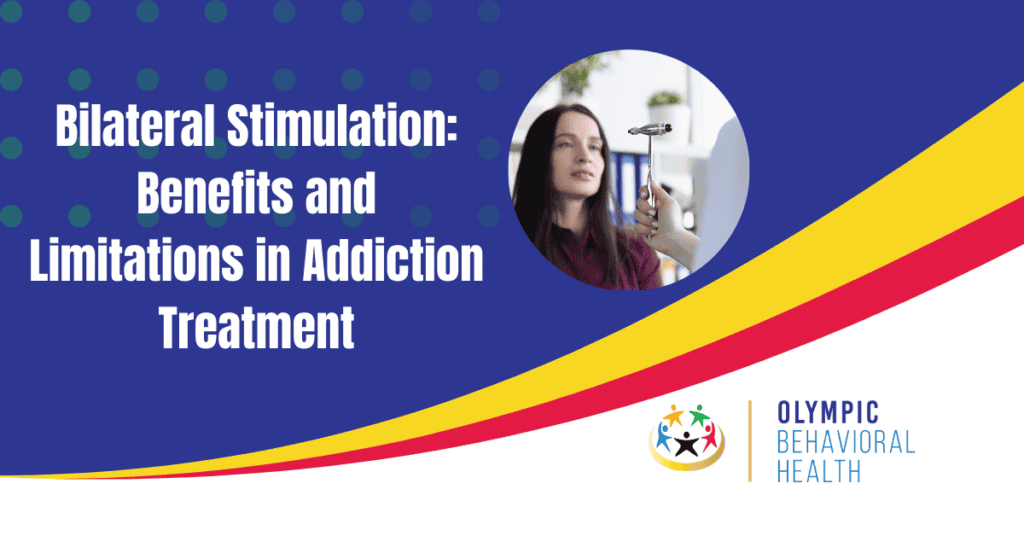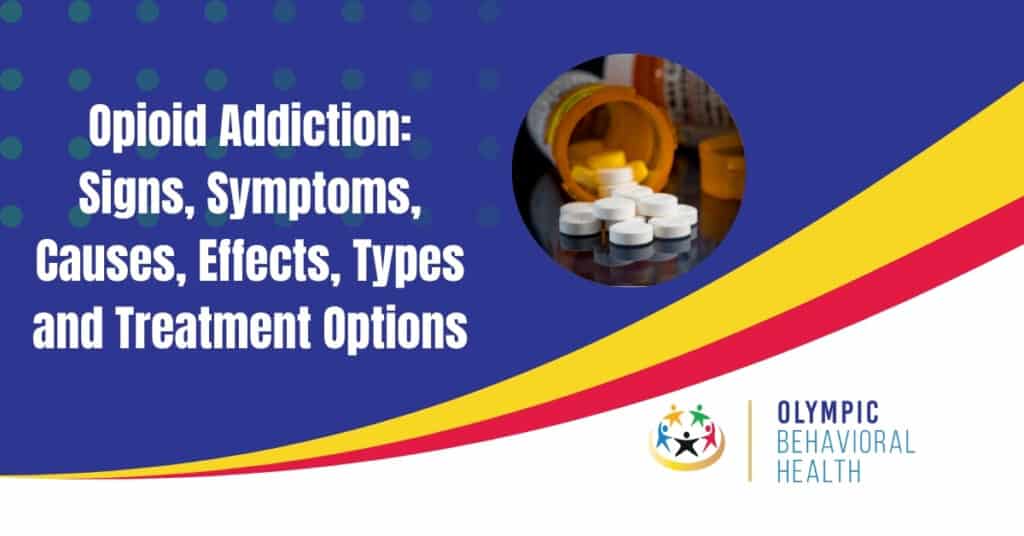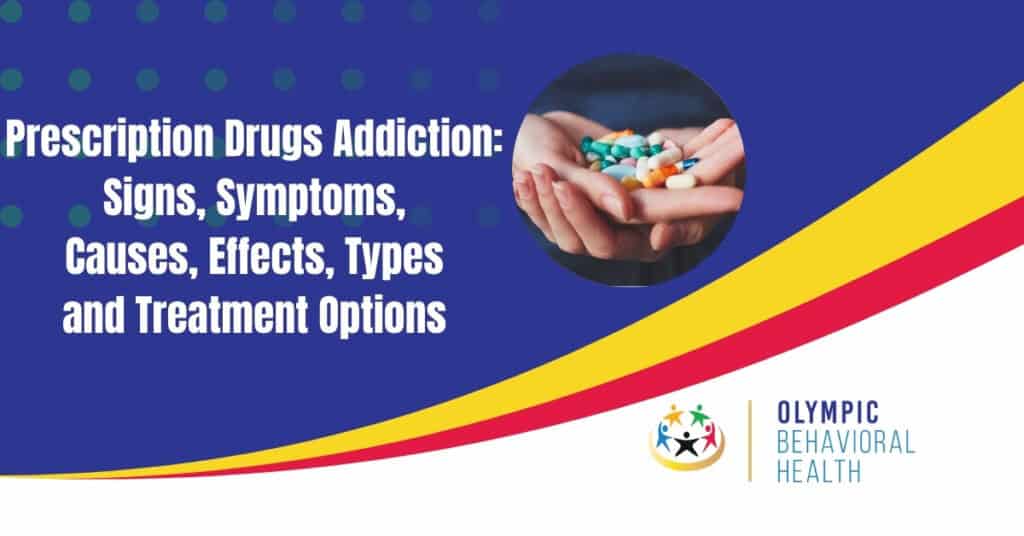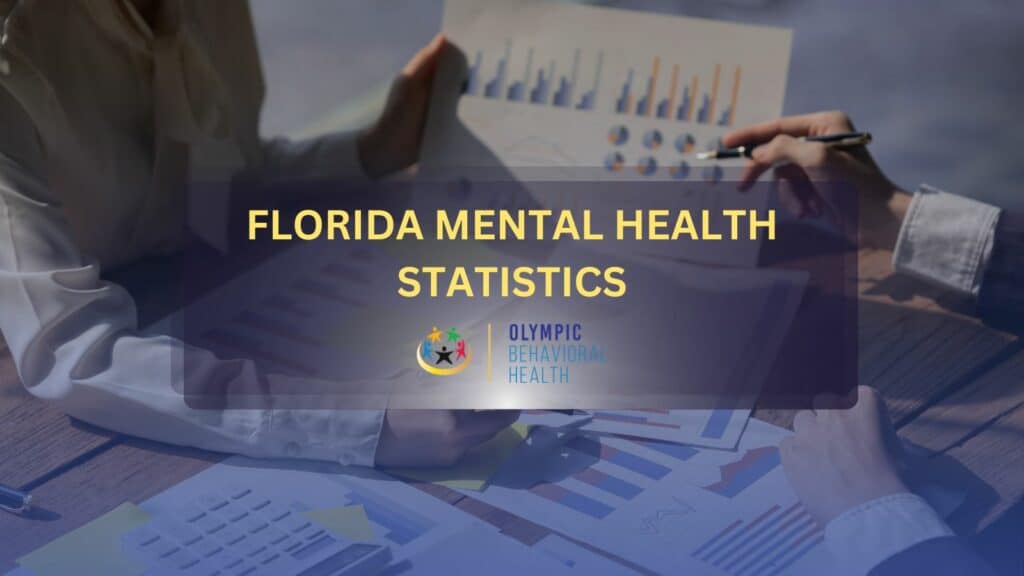Bilateral stimulation, also known as alternate bilateral stimulation (ABS), is a therapeutic technique that has gained recognition for its potential benefits in the field of addiction treatment. This approach involves the simultaneous stimulation of both sides of the brain, using various methods such as eye movements, auditory cues, or tactile sensations. By engaging both hemispheres of the brain, bilateral stimulation is believed to enhance emotional processing, reduce distressing thoughts and cravings, and promote overall well-being in individuals struggling with addiction. While this approach has shown promise in addiction therapy, it is crucial to acknowledge its limitations and take into account individual needs and preferences when incorporating bilateral stimulation into comprehensive addiction treatment plans.
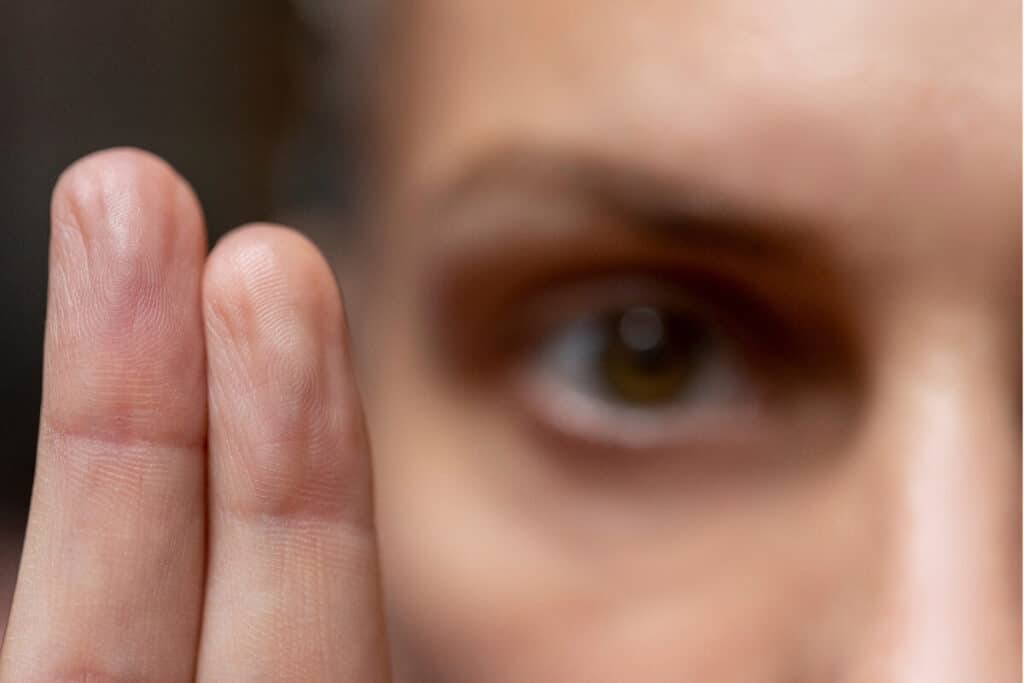
Bilateral stimulation is a therapeutic approach that stimulates both sides of the body or brain to promote healing and recovery. It has been used in various forms, such as eye movement desensitization and reprocessing (EMDR), which has shown effectiveness in treating trauma-related disorders. In addiction, it is an adjunctive therapy to support recovery.
By utilizing different techniques, including eye movements, tapping, or auditory stimulation, bilateral stimulation aims to activate the brain’s natural healing mechanisms and promote neuroplasticity. It is believed to enhance the integration of traumatic memories and facilitate emotional regulation.
The effects of bilateral stimulation on addiction are multi-faceted. Firstly, it has been observed to reduce cravings. Engaging the brain in this way may decrease the intensity of cravings, enabling people to resist the temptation to use substances.
Bilateral stimulation has shown promise in helping regulate emotions and manage stress. Emotional dysregulation is a common feature of addiction, and by promoting emotional stability, it can contribute to relapse prevention.
The technique has also been found to aid in trauma resolution. Many struggling with addiction have experienced past traumas, which can significantly impact their substance use. Bilateral stimulation can facilitate processing and integrating traumatic memories, allowing healing and moving forward in recovery.
Benefits and Limitations
While bilateral stimulation offers several benefits, it is important to acknowledge its limitations and consider personal factors. Not everyone responds the same. The efficacy varies depending on the severity of addiction and the presence of co-occurring mental health disorders.
In addiction recovery, it is integrated with existing therapies as part of a comprehensive treatment approach. Various techniques, such as tapping or eye movements, are combined with counseling, cognitive-behavioral therapy, or support groups to enhance the overall effectiveness of treatment.
As research continues to explore the potential of bilateral stimulation in addiction, it is gaining recognition as a valuable tool in promoting recovery and addressing the underlying psychological factors contributing to addiction.
Understanding Addiction
Understanding addiction is crucial in addressing this chronic brain disease characterized by compulsive drug seeking and use, despite harmful consequences. It can manifest in various substances and behaviors, from alcohol and tobacco to opioids, stimulants, sedatives, gambling, and compulsive internet use. Genetic, environmental, and psychological factors all contribute to addiction. Prolonged substance abuse can lead to physical and mental health issues, including liver disease, heart problems, lung damage, depression, and anxiety.
However, recovery is achievable with proper support and treatment, such as detoxification, counseling, behavioral therapies, and medication-assisted treatment. Friends, family, and support groups provide encouragement and guidance during recovery. Prevention efforts should focus on educating individuals about substance abuse risks, promoting healthy coping mechanisms, and implementing early intervention programs. Society must understand addiction to reduce stigma, foster empathy, and improve access to treatment and support. A deeper understanding of addiction is vital for significant progress in recovery and prevention.
Understanding addiction can be challenging. Call Olympic Behavioral Health at (561) 272-0800 for an assessment if you or someone you know has questions about drug or alcohol misuse.
What Is Addiction?
Addiction is a complex condition that affects millions worldwide. It involves compulsive substance use or behavior despite negative consequences. Understanding addiction requires examining its various aspects. It is not solely a matter of willpower but a recognized disease that changes the brain’s structure and functioning. Addiction can harm physical and mental health, relationships, finances, and well-being. Effective treatment includes detoxification, therapy, support groups, medication-assisted treatment, and lifestyle changes. Recovery is possible with the right support and treatment.
Exploring Bilateral Stimulation in Addiction Treatment
Bilateral stimulation plays a crucial role in addiction treatment, as it helps to enhance recovery. Positive outcomes can be achieved by stimulating both hemispheres of the brain, including:
- Promotes emotional regulation
- Reduces cravings
- Supports trauma processing
- Enhances cognitive flexibility
- Cultivates a sense of safety
- Complements other treatment approaches
- Strengthens neural pathways
Incorporating bilateral stimulation into addiction treatment provides a holistic approach to recovery, addressing emotional, cognitive, and physiological aspects. It is crucial to note that it should only be utilized under the guidance of trained professionals in addiction treatment settings. Proper assessment and implementation ensure safe and effective treatment.
What Is Bilateral Stimulation?
Bilateral stimulation is a technique in addiction treatment that activates both sides of the brain. It can be done through eye movements, tapping, buzzing, or auditory stimuli.
The purpose is to process and integrate traumatic memories or distressing emotions related to addiction. It connects the logical and emotional brain, enhancing self-awareness and emotional regulation.
Research shows that this therapy reduces substance cravings. Participants who received it reported lower cravings compared to those who didn’t.
It also improves emotional regulation and stress reduction, helping cope with difficult emotions and situations. This technique aids in resolving addiction-related trauma.
Integrating this type of stimulation with cognitive behavioral therapy or mindfulness-based approaches promotes recovery by addressing underlying emotional issues.
How Does Bilateral Stimulation Work?
Bilateral stimulation is a therapeutic technique used in addiction recovery. It activates both sides of the body or brain to enhance emotional well-being and aid healing. This technique utilizes the brain’s natural ability to process and integrate information, leading to decreased cravings, improved emotional regulation, and trauma resolution.
So, how does bilateral stimulation work? Methods include eye movements, tapping, and auditory stimulation. These techniques stimulate the brain’s processing system, rewiring neural pathways and promoting healing.
Eye movements involve tracking a therapist’s finger or a moving object from side to side, aiding the processing and integration of emotional experiences.
Tapping on the individual’s left and right sides promotes connectivity between brain hemispheres, facilitating emotional processing.
Auditory stimulation includes listening to alternating sounds or tones via headphones, enhancing emotional regulation, and reducing distress.
Bilateral stimulation calms the body’s stress response, activating the parasympathetic nervous system responsible for rest and relaxation. This helps regulate emotions, reduce cravings, and promote inner calm. It also assists in processing and resolving traumatic memories, facilitating healing in the recovery journey.
Research supports its effectiveness in addiction treatment. Studies show the successful use of Eye Movement Desensitization and Reprocessing (EMDR) for individuals with addiction and co-occurring trauma. These studies demonstrate significant reductions in cravings, improvements in emotional regulation, self-esteem, and overall well-being.
History of Bilateral Stimulation in Addiction
Bilateral stimulation, a technique introduced in addiction therapy in the 1990s, shows promise in treating addiction. By combining rhythmic left-right brain stimulation with other therapeutic approaches, clinicians have witnessed positive effects on cravings, emotional regulation, and trauma resolution. Moreover, studies confirm its efficacy in reducing cravings, enhancing emotional regulation, and aiding trauma resolution in individuals with substance use disorders. Additionally, integrating these techniques with established therapies like CBT and DBT optimizes outcomes in addiction recovery. However, it is important to note that it is a complementary tool, not a standalone treatment. Therefore, its effectiveness may vary depending on individual circumstances and the nature of the addiction.
Olympic Behavioral Health has supported addiction treatment using these therapies, including CBT, DBT, and EMDR, since we opened. For an assessment or questions about drug or alcohol misuse, call our team at (561) 272-0800. We’re here to help you and anyone you know who may need assistance.
Effects of Bilateral Stimulation on Addiction
This therapy does impact addiction, leading to beneficial effects. It reduces cravings and enhances emotional regulation to relieve stress and resolve trauma. The efficacy of its use in addiction treatment is undeniable.
Reduction in Cravings
Reducing cravings is a major benefit in addiction treatment. By using this technique, individuals with addiction can experience decreased desire for substances or addictive behaviors. Here are key points about reducing cravings:
Bilateral stimulation disrupts neural pathways linked to cravings, reducing intensity and frequency. Research shows it can effectively reduce cravings by up to 70%, improving control over addictive behaviors.
Eye movements or tactile stimulation engage both brain hemispheres, promoting cognitive and emotional balance.
It triggers the brain’s relaxation response, releasing endorphins and relieving stress and anxiety, common triggers for cravings. Regular use helps develop healthier coping mechanisms and reduces reliance on addictive substances or behaviors for managing stress or negative emotions.
Bilateral stimulation is not a standalone treatment for addiction. It often combines with evidence-based therapies like cognitive-behavioral therapy or mindfulness-based interventions. In addition, clients should actively participate in individual or group therapy sessions and follow recommended treatment plans from healthcare professionals.
Emotional Regulation and Stress Reduction

Emotional regulation and stress reduction are crucial in addiction treatment. Eye Movement Desensitization and Reprocessing (EMDR), a bilateral stimulation technique, effectively addresses these aspects by integrating and reprocessing distressing memories through eye movements or tapping. It reduces emotional distress associated with trauma or addiction. It enhances emotional resilience by reducing reactions in triggering situations. Consistent exposure to it improves emotion regulation, reducing reliance on substances as coping mechanisms.
Bilateral movements divert the brain’s attention in addiction recovery, promoting calm and relaxation. Moreover, it develops self-regulation skills by promoting focused attention and mindfulness, enhancing awareness of thoughts, emotions, and physical sensations for more adaptive responses.
Bilateral stimulation effectively addresses trauma-related symptoms like flashbacks and nightmares, reducing substance use reliance. Incorporating bilateral stimulation in addiction treatment plans, alongside evidence-based therapies, is crucial. However, its effectiveness may vary for each individual, requiring consideration of their unique needs and preferences. Guided by professionals, bilateral stimulation is invaluable for emotional regulation and stress reduction.
Trauma Resolution
Trauma resolution is crucial in addiction treatment. Bilateral stimulation shows promise in healing from traumatic experiences by activating the brain’s healing processes. It effectively processes traumatic memories, reduces their emotional impact, and alleviates distressing symptoms. Extensive research demonstrates a significant reduction of post-traumatic stress disorder (PTSD) symptoms through bilateral stimulation. Addressing underlying trauma is vital in combating addiction, as it often stems from unresolved traumatic experiences. Bilateral stimulation directly addresses the root cause of addiction by reprocessing traumatic memories and promoting healthier coping mechanisms. It can be used alongside evidence-based addiction treatments. Enhanced emotional regulation is one-way bilateral stimulation contributes to recovery, improving coping abilities without substances. By addressing trauma and promoting resolution, bilateral stimulation significantly improves addiction treatment outcomes, establishing a strong foundation for recovery.
Benefits and Limitations of Bilateral Stimulation
Examine the utilization of bilateral stimulation in addiction treatment. This technique offers advantages and limitations and contributes to the relief and healing experienced by individuals fighting addiction. From augmenting emotional regulation to facilitating trauma processing, the significant impact of bilateral stimulation cannot be overlooked. However, remain alert to the considerations that come with this therapeutic approach.
Benefits of Bilateral Stimulation in Addiction Treatment
Bilateral stimulation in addiction treatment has numerous benefits, greatly enhancing therapy. It reduces cravings, regulates emotions, resolves trauma, improves cognitive functioning, and enhances overall mental health. These techniques promote self-awareness and self-compassion, aiding individuals in their recovery journey. Originally developed by Francine Shapiro in the 1980s, bilateral stimulation techniques have gained recognition and proven effectiveness in addiction recovery.
To learn more about the advantages and considerations of this therapy in addiction treatment, contact Olympic Behavioral Health at (561) 272-0800. Our experts are available for assessments and can guide treatments for drug or alcohol misuse.
Limitations and Considerations
In addiction treatment, incorporating bilateral stimulation requires considering its limitations and factors. It can reduce cravings and address trauma, but its effectiveness depends on addiction severity and personal circumstances. Trained professionals are necessary, and it should complement existing therapies. Although it has potential challenges, it should not replace traditional therapy. Overall, informed decisions are essential for personalized treatment plans.
Integrating Bilateral Stimulation with Existing Therapies
Integrating bilateral stimulation with existing therapies can be beneficial when it comes to addiction treatment. Bilateral stimulation, which stimulates the brain through alternating bilateral sensory input, can enhance traditional therapies. Here are some ways in which bilateral stimulation can be integrated with existing therapies:
- Cognitive-Behavioral Therapy (CBT): It can reinforce new thought patterns and behavioral changes in conjunction with CBT. Participants can enhance emotional regulation skills and reduce cravings by engaging in bilateral stimulation exercises during sessions.
- Eye Movement Desensitization and Reprocessing (EMDR): EMDR, commonly used for trauma resolution, can be integrated with bilateral stimulation, such as eye movements or tapping. This integration helps process traumatic memories more effectively and reduces associated distress.
- Mindfulness-Based Therapies: Techniques like hand tapping or auditory stimulation can deepen mindfulness practice and cultivate greater calm and presence.
- Group Therapy: Exercises can enhance the therapeutic experience in group therapy sessions. Group members participating in bilateral stimulation promote a sense of connection and support.
- Medication-Assisted Treatment (MAT): It complements the pharmacological aspect of recovery during medication-assisted treatment. It helps manage cravings and regulate emotions, improving the effectiveness of the recovery process.
Integrating bilateral stimulation with existing therapies should be done under the guidance of a trained professional. The specific techniques and protocols used may vary depending on needs and goals.
Some Facts About What Is Bilateral Stimulation in Addiction:
- ✅ EMDR therapy uses bilateral stimulation to help people heal from trauma, stress, PTSD, or addiction.
- ✅ Bilateral stimulation helps integrate and process fragmented traumatic memories.
- ✅ Bilateral stimulation works by increasing communication between the left and right hemispheres of the brain.
- ✅ It can be done through eye movements, tapping, or binaural stimulation.
- ✅ Bilateral stimulation is an integral part of EMDR therapy and is a valuable therapeutic intervention.
Frequently Asked Questions
What is bilateral stimulation in addiction?
Bilateral stimulation in addiction refers to a therapeutic technique used in treatments like Eye Movement Desensitization and Reprocessing (EMDR) therapy. It involves using sensory stimuli, such as eye movements, tapping, or sounds, to activate both sides of the brain and soothe the nervous system. Bilateral stimulation helps you process distress and trauma, which can contribute to addiction and substance abuse.
How does bilateral stimulation aid in healing and recovery?
Bilateral stimulation helps the healing and recovery process by processing traumatic memories and negative aspects of addiction. Engaging the rational part of the brain and the parasympathetic system facilitates access to positive emotional experiences, memories of safety, and feelings of empowerment and courage. Reprocessing traumatic memories and diminishing their intensity aids in healing from past traumas and nurtures long-term recovery from addiction.
How is bilateral stimulation used in addiction therapy?
Clinicians can use several methods in addiction therapy. These include eye movements, rhythmic eye movements, alternating buzzing sensations, tactile stimulation (such as tapping or patting), audio stimulation (listening to alternating sounds), and manual tapping. Each method aims to activate both the left and right hemispheres of the brain, facilitating memory processing and reducing the emotional intensity associated with addictive behaviors.
Is bilateral stimulation in addiction treatment effective for everyone?
Bilateral stimulation in addiction therapy can be effective for many, but its effectiveness may vary depending on the person and their specific needs. It is important to seek the guidance of an experienced therapist who can help specialize it based on personal circumstances. A skilled therapist will assess the suitability combined with other therapeutic interventions based on the client’s unique situation to optimize the chances of successful recovery.
What are the risks or side effects of bilateral stimulation?
Bilateral stimulation in addiction therapy is generally safe and well-tolerated. However, exercise caution for people with previous brain injuries or dissociative identity disorder. Working with a trained therapist who can provide proper guidance and support throughout the therapy process is crucial. They will monitor any potential side effects and make adjustments as necessary to ensure a safe and effective treatment experience.
Who offers bilateral stimulation in addiction therapy?
To find an experienced therapist who offers bilateral stimulation in addiction therapy, Olympic Behavioral Health treatment centers at (561) 272-0800. Our staff can help connect you with trained professionals with expertise in implementing EMDR therapy and bilateral stimulation techniques, ensuring you receive the most effective and appropriate treatment for your addiction and related concerns.

Share This Post
